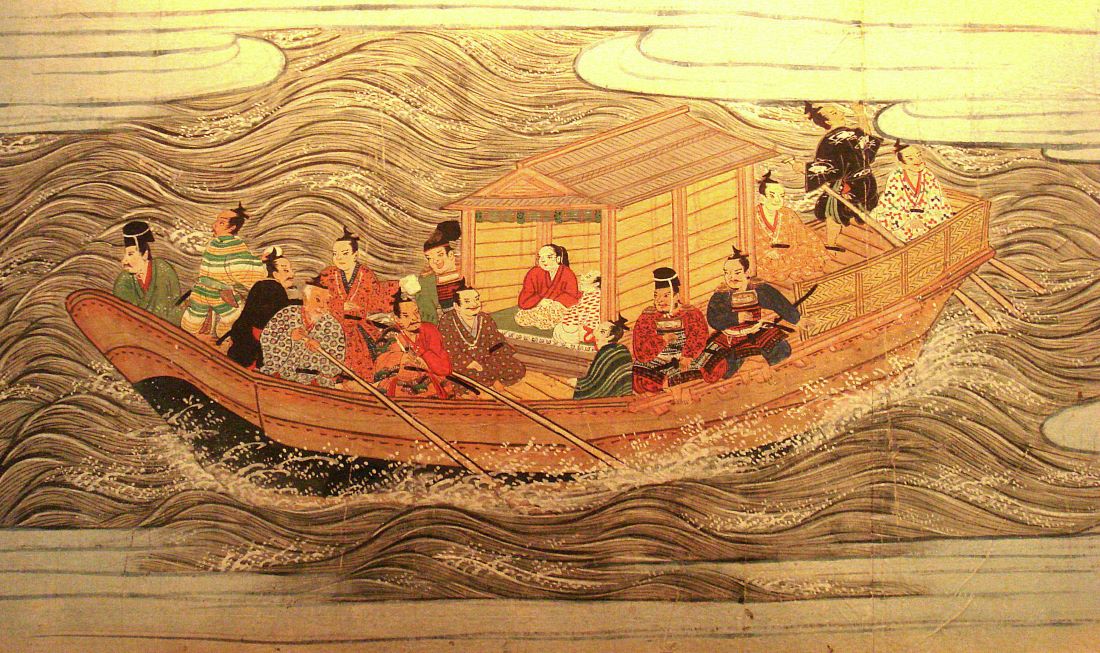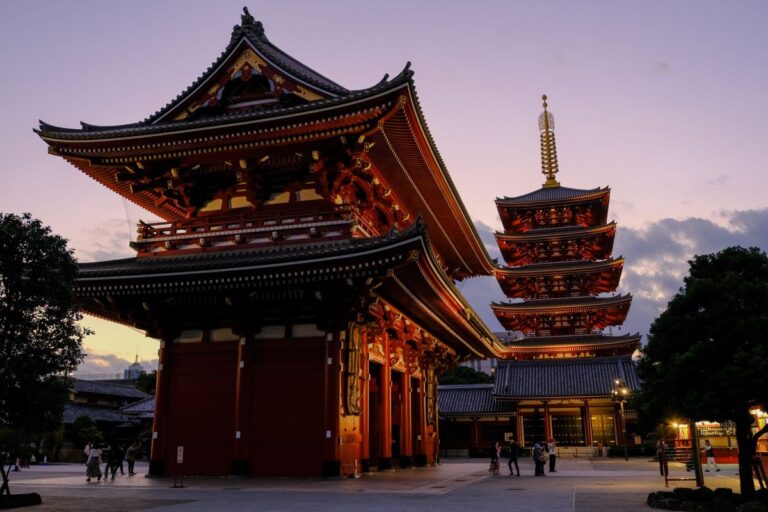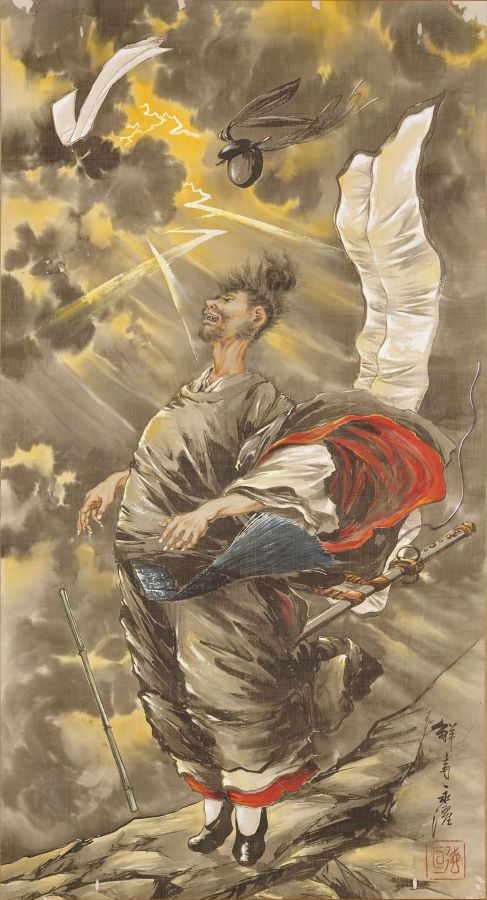The Muromachi period, also known as the Ashikaga period, is an important era in Japanese history that lasted from approximately 1336 to 1573. This period marked the governance of the Muromachi or Ashikaga shogunate, which was officially established in 1338 by the first Muromachi shōgun, Ashikaga Takauji. The period was named after the district in Kyoto where the shogunate’s headquarters were located.
The Muromachi period was characterized by political instability, social change, and cultural flourishing. During this time, Japan experienced a shift from the medieval period to the early modern period. The shogunate struggled to maintain control over the country, leading to the rise of regional lords, known as daimyos, who controlled their own territories. Despite the political turmoil, the period saw significant cultural achievements in the arts, including the development of the tea ceremony, Noh theater, and Zen Buddhism.
Key Takeaways
- The Muromachi period lasted from approximately 1336 to 1573.
- The period marked the governance of the Muromachi or Ashikaga shogunate.
- Marked the rise of regional lords.
- The period saw the development of the tea ceremony, Noh theater, and Zen Buddhism.
- Named after the district in Kyoto where the shogunate’s headquarters was.
- Saw a shift from the medieval period to the early modern period.
Historical Background

The Muromachi period, also known as the Ashikaga period, was a time of political turmoil and social change in Japan. It began in 1336 when Ashikaga Takauji overthrew the Kamakura shogunate and established his own shogunate in Kyoto. The period lasted until 1573 when Oda Nobunaga, one of the most powerful daimyos (feudal lords) in Japan, forced the last Ashikaga shogun to resign.
During the early years of the Muromachi period, Japan was plagued by civil wars known as the Nanboku-cho Wars. These wars were fought between two rival branches of the imperial family, each of whom claimed the right to rule Japan. The wars lasted for over 60 years and caused widespread destruction and suffering throughout the country.
After the wars ended in 1392, the Ashikaga shoguns faced the difficult task of restoring order to Japan. They established a centralized government in Kyoto and implemented a number of reforms aimed at strengthening their authority. The shoguns also encouraged the development of the arts, including painting, poetry, and tea ceremony.
Despite their efforts, the Ashikaga shoguns were never able to fully control Japan. Many powerful daimyos continued to rule their own territories and resist the shogun’s authority. This led to a period of political instability and conflict known as the Sengoku period, which lasted from the late 15th century until the late 16th century.
Political and Social Structure
The Muromachi period was marked by a complex political and social structure. The Ashikaga shogunate, led by the Ashikaga family, held the highest political power in Japan. However, their control over the country was often limited, and regional lords, known as daimyo, wielded significant power in their respective domains.
The shogunate was divided into three major administrative branches: the military, the judicial, and the legislative. The military branch, headed by the shogun, was responsible for maintaining order and defending the country against threats. The judicial branch was responsible for enforcing the law and resolving disputes, while the legislative branch was responsible for creating new laws and policies.
Despite the shogunate’s attempts to centralize power, the country remained fragmented, with many regional lords maintaining their own armies and governing their own territories. This decentralization of power led to a period of relative stability and economic growth, as regional lords competed with each other to attract skilled craftsmen and merchants to their domains.
Socially, the Muromachi period saw the emergence of a new class of wealthy merchants and artisans. These individuals, known as chonin, played an important role in the economy and often wielded significant political power. At the same time, the samurai class, who had traditionally held the highest social status, saw their power and influence decline as the country became more peaceful and the need for their military expertise diminished.
Art and Culture
The Muromachi period was a time of remarkable creativity in Japanese art and culture. The shoguns of the Ashikaga clan were patrons of the arts and supported the development of new forms of expression.
One of the most important art forms of the Muromachi period was ink painting, which was heavily influenced by Zen Buddhism. Zen principles of simplicity, spontaneity, and directness were expressed in the brushwork of ink paintings, which often depicted landscapes, animals, and flowers. Prominent artists of the period include Sesshu Toyo, who was known for his innovative techniques and use of empty space in his paintings.
Another important art form of the period was ceramics. The tea ceremony, which was developed during the Muromachi period, emphasized the importance of simple, rustic ceramics that reflected the beauty of imperfection. Potters such as Shoji Hamada and Kanjiro Kawai revived traditional techniques and styles, creating ceramics that were both functional and beautiful.
The Muromachi period also saw the development of new forms of literature, including haiku poetry and the Noh theater. Haiku, a form of poetry that consists of three lines and 17 syllables, became a popular form of expression among the literati of the period. The Noh theater, which combined drama, music, and dance, was developed by Zeami Motokiyo and his father Kan’ami Kiyotsugu. Noh plays often dealt with themes of love, death, and the supernatural.
Economy and Trade

The Muromachi period in Japan was marked by significant changes in the production and distribution of wealth. Traditional sources of wealth, such as agriculture, were still important, but the period saw the rise of new industries, such as mining and handicrafts. The economy was also influenced by international trade, particularly with China and Korea.
During the Muromachi period, Japan’s economy experienced significant growth, thanks to the development of new industries and increased trade. The period saw the emergence of a new merchant class, which played an important role in the economy. Merchants were involved in both domestic and international trade and were responsible for the distribution of goods throughout Japan.
Trade with China and Korea was particularly important during the Muromachi period. Japan’s trade with China was facilitated by the establishment of the Ming dynasty in 1368, which led to the opening of new trade routes. Japan’s trade with Korea was also significant, with the Sō family of Tsushima playing an important role in facilitating trade between the two countries.
The Muromachi period also saw the emergence of new trade centers, such as Hakata and Sakai. These cities became important centers of trade, with merchants from all over Japan coming to buy and sell goods. The period also saw the development of new technologies, such as the use of paper money, which facilitated trade and commerce.
In conclusion, the Muromachi period in Japan was marked by significant changes in the economy, with the emergence of new industries and the growth of international trade. The period saw the emergence of a new merchant class, which played an important role in the economy. Japan’s trade with China and Korea was particularly significant, and the period saw the development of new trade centers and technologies.
Decline and Legacy
The end of the Muromachi period came when the Ashikaga Shogunate was terminated by the warlord Oda Nobunaga. Oda Nobunaga had expanded his territory gradually through the 1550/60s CE from his base at Nagoya Castle as he defeated all comers. With the destruction of Kyoto and the collapse of the shogunate’s power, the country was plunged into a century of warfare and social chaos known as the Sengoku, the Age of the Country at War, which extended from the last quarter of the fifteenth to the end of the sixteenth century.
Despite the decline of the Muromachi period, it had a significant impact on Japanese history and culture. The period saw the rise of Zen Buddhism, which had a profound influence on Japanese art and culture. The tea ceremony, ikebana, and Noh theater were all developed during this period. The Muromachi period also saw the rise of the daimyo, powerful feudal lords who controlled large territories and armies. The daimyo played a crucial role in the Sengoku period, as they fought for control of Japan.
Another significant legacy of the Muromachi period was the development of samurai culture. The samurai, who were originally hired warriors, became a powerful class during the Muromachi period. They were expected to follow a strict code of conduct known as bushido, which emphasized loyalty, honor, and self-discipline. The samurai were also known for their martial arts skills, which included swordsmanship, archery, and horseback riding.
Overall, the Muromachi period was a time of political and social upheaval in Japan. However, it also saw the development of many important cultural and artistic traditions that continue to influence Japanese society today.



